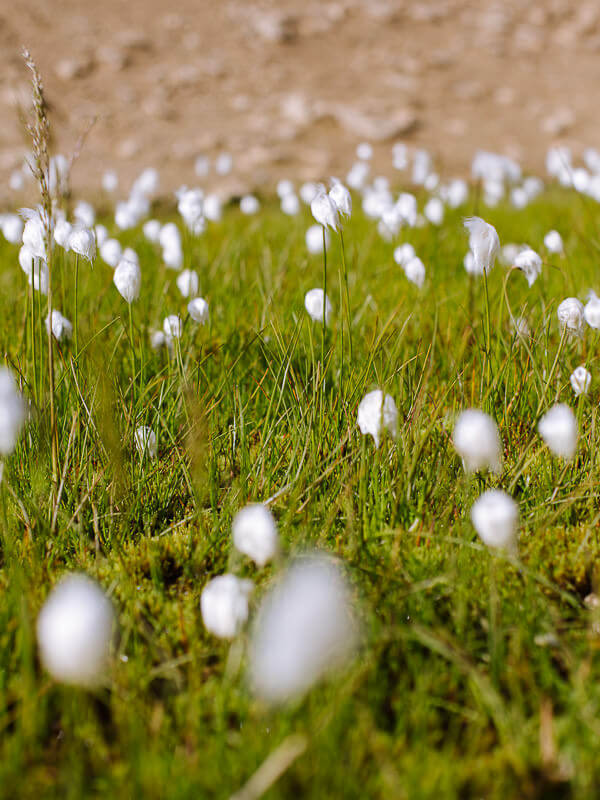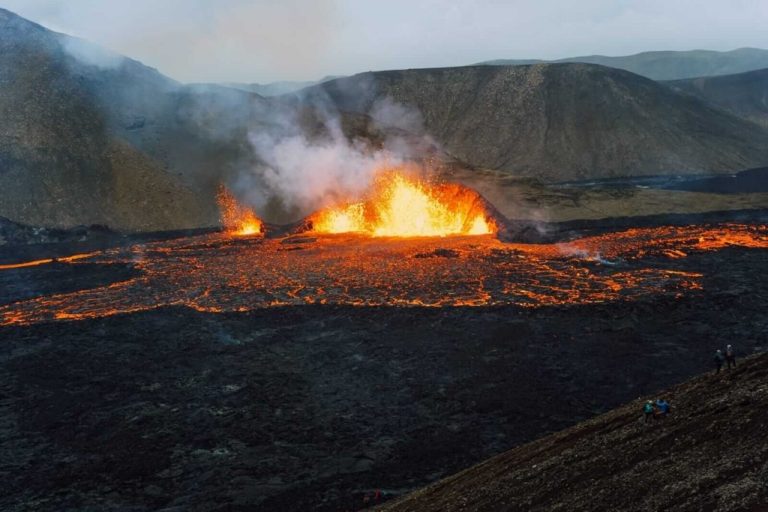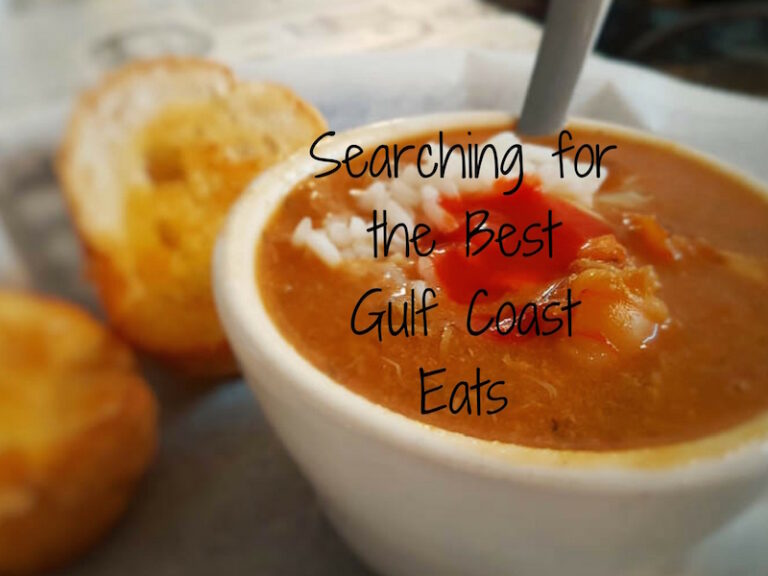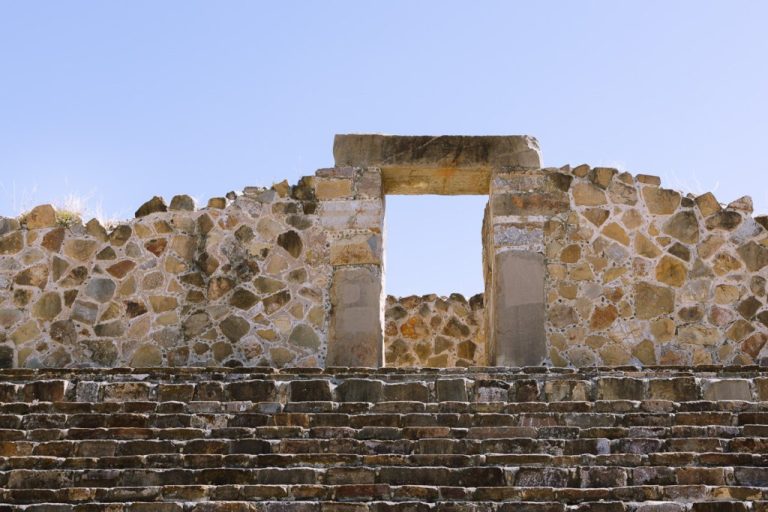Are you thinking of starting a travel blog? Then you’ve come to the right page, as I’ll be sharing with you my best tips that will help you get started — based on my experience of travel blogging for over 10 years!
Whether you plan to blog just for fun or hope to earn a living from it, the most important thing to know is how to set up your blog the right way. I didn’t when I started out and had to learn the hard way!
If you set up your travel blog correctly, it will make it way easier to update, easier to find (by search engines and by readers) and will enable you to earn money from it in the future.
Although it takes a lot of work to be a successful travel blogger, it’s not difficult to get started. Setting up a travel blog actually doesn’t cost much money or effort, and it’s not super technical either. In fact, you can get set up today by just following a few simple steps while making yourself aware of a few critical issues.
By the end of this post, you can be the proud owner of your own travel blog!
Is it wise to start a travel blog now?
First, let me answer one of the most common questions I get about travel blogging: is there too much competition these days? Even with the pandemic having created headwinds for travel bloggers, there are definitely way more travel blogs today than there were just 5 or 10 years ago. So, it’s something to consider before you jump in.
If you want to blog for fun, then you don’t really have to worry about this. In fact, I think more travel bloggers should just do it for fun! I miss the days when most blogs were just sharing experiences from the road. It’s the purest reason to start blogging. If this is your goal, simply jump to my instructions for setting up a travel blog.
(That doesn’t mean a ‘just for fun’ travel blog can’t have some side benefits, such as ad revenues or sponsors. More on this later.)
But if you hope to have a commercial blog, then you may feel a bit intimidated by the number of travel blogs that already exist. If so… I feel ya!
Honestly, I felt the same when I started blogging… waaaay back in 2012. There were so many other amazing blogs out there already. Some people even suggested I was ‘too late’… ha! I started a blog anyway… and I’m so happy I did. Two years later I quit my job to become a full-time travel blogger.
That’s not to say everyone will have such a result, but I’m glad I didn’t listen to the naysayers. If I had, I would have missed out on such an amazing job that lets me travel and work from anywhere.
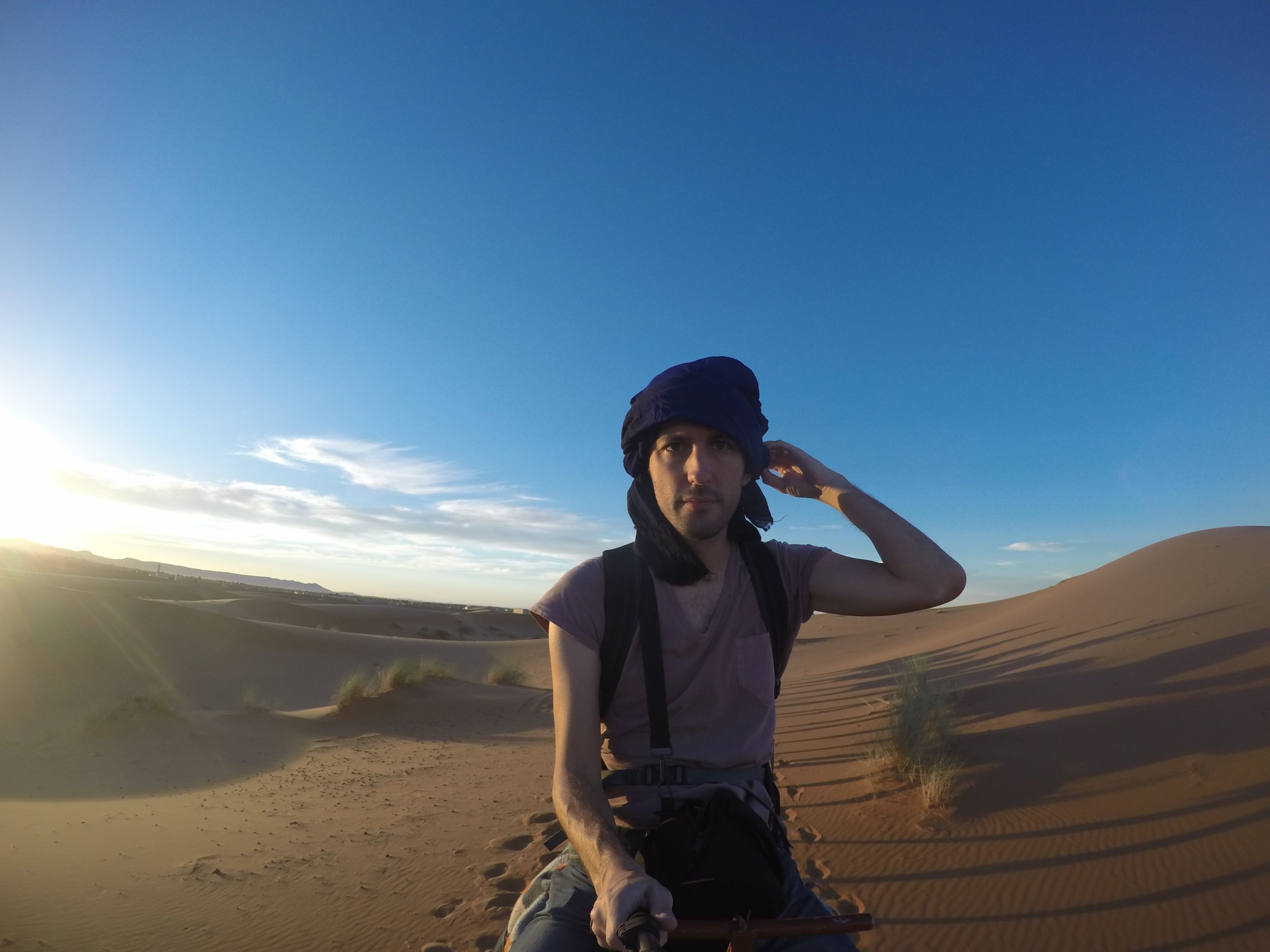
I may have started quite a while ago, but the same opportunities that existed for me are still here today. Some of my favorite travel blogs at the moment are only a few years old, which reminds me there is constant room for new voices and perspectives. Destinations change, trends change, and when you’re starting fresh you can write about what travellers most want to know about today.
The pandemic has been a challenge for many travel bloggers and some even had to quit, though at the start of 2022 things are definitely looking up. Now that the recovery is happening, it seems a good time to jump in.
While it does take effort and time to break through as a travel blogger, what’s interesting is that the audience for travel blogs is constantly growing. When I started out, just 15% of my blog’s visitors came from mobile; now it’s 60%. People are browsing travel blogs more and more — these days, increasingly on their phones while they’re already in the destination.
The reason I’m being a bit more open about the opportunity is that I’ve put some partner links in this post, so I stand to benefit by sharing information. Otherwise, maybe I’d keep this to myself 😉
That said, it’s certainly a lot harder these days to stand out with just a generic travel blog. It’s much easier if you focus on a particular destination or travel style (often referred to as a “niche”).
You could choose to focus on a niche right away or you could discover your niche over time. If you don’t have a perfect niche right away, that’s okay. Many successful travel bloggers developed their own angle over time through a process of trying out different things.
The more important thing is just getting started and not keeping the blog as something you’ll get around to ‘someday’. The reward loop from publishing content and learning what works is what can set you on the right track.
Vlogging vs. blogging?
You might wonder if vlogging might be better than blogging for making money. Not everyone knows this, but the commercial potential of blogging is much higher! Vlogging is more visible and more people want to do it since it’s so personality-based, but it’s not necessarily more lucrative.
For example, you can easily earn $20 per 1000 visitors on a blog (and that’s just with banner ads, not including other monetization strategies). Meanwhile, a YouTube travel video typically earns only around $2 per 1000 views. Vlogging definitely pays off if you’re someone like Nas Daily or Drew Binsky, but if you have a small channel it’s hard to earn much with it. A small blog on the other hand can already make a decent income.
When should you start a travel blog?
The sooner the better!
The longer your blog and domain name exist, the better it is for the algorithms. Most blogs don’t get much traffic in their first year, but then start gaining traffic once they’re released from Google’s so-called ‘sandbox’. This is a period when Google is watching your site but not yet ranking it.
The faster you get out of that annoying sandbox the better. This is why just having your site and domain up with a couple of articles is hugely valuable in getting to that point. Some people even just buy basic travel blogs that have aged at least a year in order to skip this part (you can find a lot of them for sale on sites like Flippa.com).
The biggest mistake is really to wait forever to start your blog. I did this and in hindsight it was not so smart. I travelled for a whole year before I started Indie Traveller (while I was traveling long-term), but I should have been doing it from the beginning.
Your domain name accrues a metric called “authority” the longer it is live, and there is more chance for your articles to be recognized by search engines.
Conversely, keep your expectations low for how many visitors you might get in your first year. Most new bloggers don’t get substantial traffic for at least a good 12 to 18 months. I wrote about the process of gaining an audience here. It can feel discouraging at first, but know that many traffic sources (like Google) basically put you in a ‘waiting room’ for some time. Patience is key.
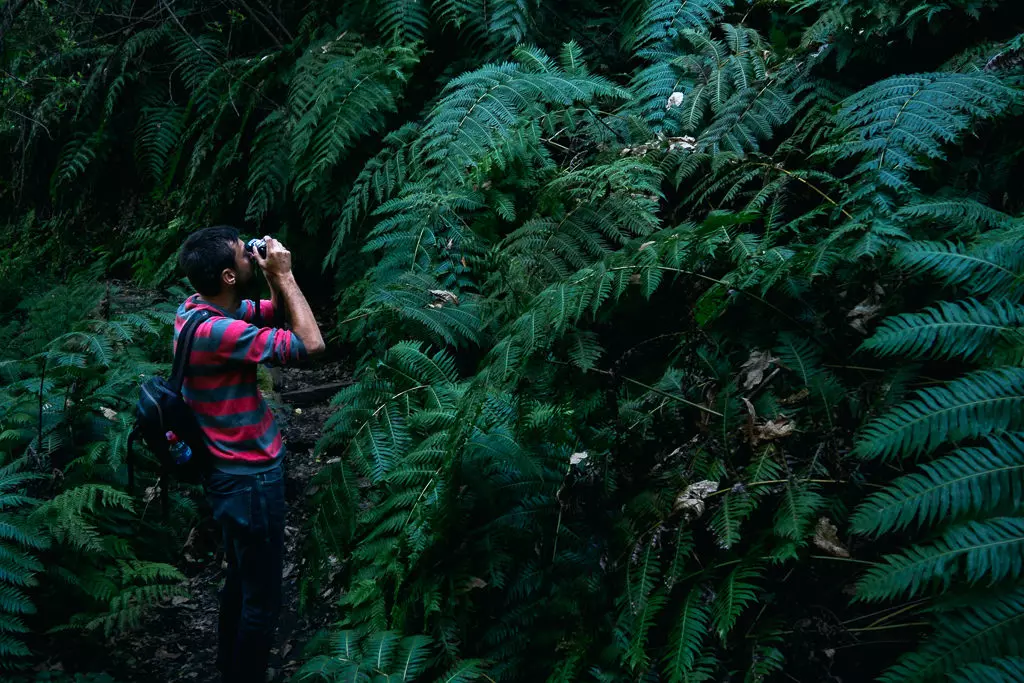
How to set up a blog properly
The biggest mistake you can make is to use the wrong blogging platform and not set your new blog up to be future-proof.
Firstly, I do not recommend using free blogging services.
Don’t write on Medium.com. Sure, you might get a few clicks through their recommendation algorithms. But you don’t control your own content or domain, you can’t monetize it, and Medium can change the rules at any time.
Don’t use Wix or similar either. These platforms great for quickly making a small business site, like for a restaurant, but not good for blogging.
Avoid the free version of WordPress.com (versus .org) as well; you can’t monetize your site there and you can’t freely expand your blog’s functionality using plugins or themes. This will come to bite you back later.
You also often have to give a perpetual license to your content to these free platform holders. I think it’s much better to be in full control of the copyright of your work.
So… what should you do?
Well, I recommend having your own server space for your site. And use this to run self-hosted WordPress. This is the software that 90%+ of bloggers use. You can expand it with thousands of useful plugins and themes. Anything you’ll ever want to do, you can do with self-hosted WordPress.
Here’s how to set it up the right way in only about 10 minutes:

Step 1. Sign up for a hosting plan
A hosting company takes care of serving your pages to users. And having your own hosted space lets you do whatever you want. A paid host doesn’t care if you put ads on your blog, or customize it with plugins, or anything like that.
It’s kind of like having your own plot of land on the internet. You can build your own house on it. And then you can add more rooms later, or even tear it down and build a bigger more awesome house on top of the original foundation. You can’t do that with just a rental space (like some of those free blogging platforms out there).
There are many different hosting companies. I like to recommend Bluehost, with which I have an affiliate partnership. There are other good hosts out there, though Bluehost is what I’ve used myself.
If you use my link to sign up, you get a special offer for Indie Traveller readers of just $3.95 a month.
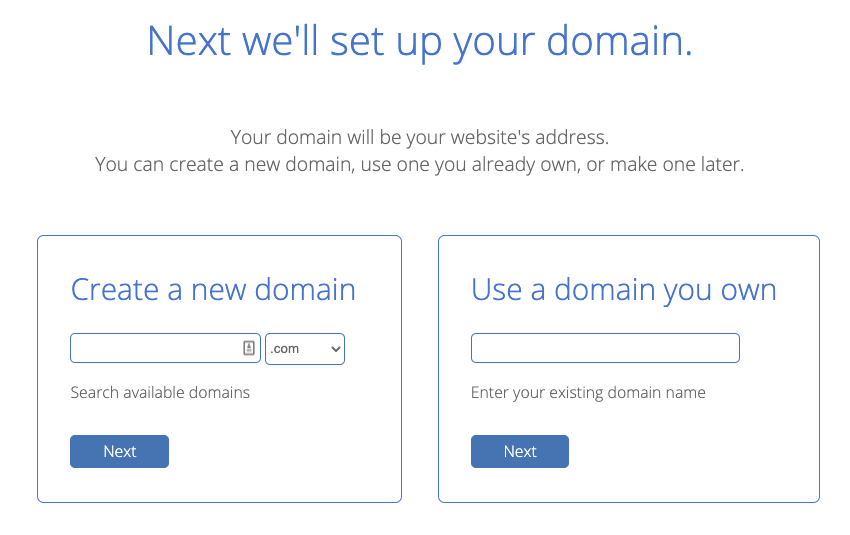
I used Bluehost for several years. Nowadays, my site is so big I needed a different type of host (I’m using a Linode VPS to cope with the huge traffic). But if you’re starting out, Bluehost is great and easy to manage, and offers an upgrade path should you get a lot of visitors. I’m using Bluehost again now for a new site I’m starting.
In most cases, there’s no need to bother with their premium plans; if you just sign up for their basic plan, it’ll be good enough for a brand new blog. You’ll get unlimited storage and bandwidth, unlimited email addresses, and you can host an unlimited number of sites.
Bluehost also gives you your own domain name for free (or at least, for the first year). Having your own domain is essential… I’ll explain why in a minute.
Step 2. Install WordPress
All signed up? Great!
Now that you have a hosting account, let’s install on it your own local copy of WordPress.
WordPress is the most commonly used software for managing a blog. The HUGE advantage of using this industry standard is that pretty much any other service or plug-in can work with it. There are also thousands of visual themes, tutorials, and other resources available for it.
Once you’ve signed up to Bluehost, you’ll reach your account’s control panel. Here, simply select ‘My Sites’ and click ‘Create Site’.

Give your site a name, and in the next step, select your domain name. You can just leave the field where it says Directory empty. Then press “install”.
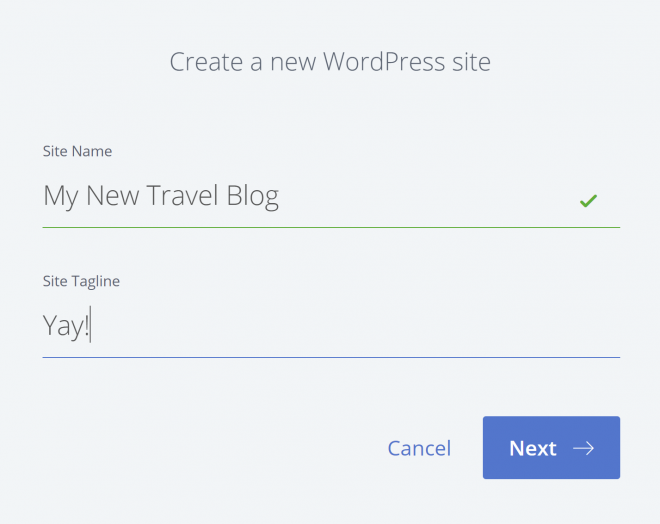
The set-up might take about 5 minutes — time to make yourself a cup of tea or tell a travel story to your cat. Come back to your computer and WordPress should be all set up now.
Step 3. Sign in to your blog!
Okay, there isn’t really a step 3. You’re pretty much finished now. The technical side of starting a travel blog really isn’t as complicated as it may seem.
Go to www.yourdomainname.com/wp-admin/ and lo and behold, your WordPress admin awaits you.
You might want to go to Appearance > Themes though if you want to change the visual look of your blog. There are lots of nice free themes to choose from. Don’t worry, you can still easily change the theme in the future. With WordPress, you can seamlessly switch between themes.
You might also want to go to Settings > General and change the name and the tagline.
Ta-da, your travel blog is now ready!
Later, you’ll probably want to add an About and Contact page, or enhance your WordPress install with some extra plugins, or maybe switch to a premium theme. But you don’t have to worry too much about this now.
One thing I do recommend doing right away is installing Google Analytics as this will give you crucial data on your visitors. Who are visiting your site? Where are they from? You can get rough (anonymized) information on this with Google Analytics. Sign up for it for free, then use a WordPress plugin like MonsterInsights to enable it on your blog.
Rest assured, by having a self-hosted WordPress installation, your blog is future-proof and can be expanded and even monetized in the future. By starting off with this proper setup, you won’t ever have to do a complicated technical migration to another platform, and you’re totally in control of your own site.
The most important thing to do now is to start creating some content.
Why you NEED a domain name
Oh yeah, one more thing: it’s super important to have your own domain name. Even if you’re just doing a blog for fun (for now).
Here’s why.
Firstly, if you web address looks something like http://mytravelblog.wordpress.com it’s hard to remember and looks amateurish.
But the bigger problem? It’s that you won’t be building up any Domain Authority.
Think of it this way: when Google sees that you’re posting good content and getting links to your blog from other sites, it’s kind of keeping score in the background. The more authoritative sites Google sees linking to you, the more Google believes you’re authoritative as well.
But if you are hosted under a shared domain like wordpress.com, all those imaginary ‘points’ you’re accruing actually go to that domain, which you don’t own.

I’m glad I hosted my blog on indietraveller.co from the start. It meant everything I did on my blog helped to increase my domain authority. This later made it much easier to rank highly on search engines.
Active domains with many links to them can also become quite valuable and can even be sold or auctioned.
It doesn’t matter too much if your domain is a .com or has some lesser-known extension as people will still find you through search engines. All that matters is that you own the domain.
As I mentioned earlier, if you sign up at Bluehost you’ll get a free domain name. If you prefer to get your domain elsewhere, I recommend using Hover.com. Avoid GoDaddy (even though they’re popular) as they are spammy and try to upsell you stuff you don’t need.
You can use the widget below to test whether a domain name is available.
Choosing a name for your blog
Honestly, it’s tough to find a name for a blog that isn’t already taken. It seems like every combination of ‘nomadic’, ‘wandering’, etc. has been used.
So, you’ll have to get a bit creative.
Consider blog names that don’t have your own name in it. Personally, I just think this gives you more flexibility. Maybe you’ll want to share your blog with other authors one day, develop it into new unexpected directions, or even sell it. It’s nice to keep your options open and not tie it exclusively to your name.
Sometimes I wish I had come up with some astoundingly witty name that shows me to be an unequivocal genius at naming things. I ended up calling my blog Indie Traveller, which is hardly inspired. But it is, at least, somewhat easy to remember.
It also says something about the way I like to travel, and it isn’t just limited to myself or my name. In the end, I’m happy that I didn’t go with Wandering Marek, or something to that effect, as I wanted a versatile brand.
Still, if personal branding is important to your blog, then using your own name could still be a good move.
Can a blog truly make money?
Finally, let me talk about how a blog can be revenue-generating. Many people actually find it hard to believe that a blog that’s free can make any money at all.
Whenever other travelers hear I’m a blogger, the first thing I’m asked is “how do you make money?”. Like, they grab my collar and shake me around and scream “HOW… HOW DAMNIT??”.
(Seriously though, it’s the one question I always get!)
The answer is that a blog can make money in roughly five different ways, which I’ll quickly summarize. Different blogs focus on different strategies (I myself use just 3 of these 5 ways).
Now, I should caution that your blog may not end up making money in the end. Blogs are not magical money trees after all. However, they do have the potential to be very lucrative and can run with very minimal overhead. Speaking for myself, I’m making more than just a basic living; something like 70% of my income goes into my retirement fund. My monthly costs for running Indie Traveller are less than $200 — and that’s including some advanced tools and services.
Just be careful when travel bloggers scream from the rooftops about how much money they’re making. It takes a lot of effort and results are never guaranteed!
Disclaimers aside, here are some of the ways a travel blog can make money:
1. Banner ads
This has recently become the biggest way to monetize a blog. Forget about Google Adsense banners because they’ll barely make you anything. Instead, try to get into the amazing Mediavine blogging advertising network. If you can’t qualify for it yet, try Ezoic. While seeing too many ads can be annoying for the user, the great thing is that you can automatically earn some good money with every post on your site, no matter what topic it has. You can decide exactly how many (or few) ads to show.
2. Affiliate links
These are special links that give you a commission if someone makes a purchase. I use these a lot. For example, if you link to your favorite hotel on Booking.com with an affiliate link and someone decides to book there, you get a little kickback. It’s the same with many other products and services. I once wrote an article for Travelbloggersguide.com about how to monetize with affiliate links.
3. Product sales
Another good way to monetize your blog can be through products that you’ve created yourself. Maybe you could write a book, create a course, or design custom merchandising that you can sell directly to your readers. (Need examples? Jodi at Legal Nomads sells beautiful bags and posters. Matt of Expert Vagabond sells prints of his photography. And many Instagrammers sell their Adobe Lightroom presets enabling others to achieve a similar look.)
4. Sponsorship
Some blogs specialize in working with tour companies or destination marketing organizations. At first, this can get you some opportunities to travel for free or get a complimentary hotel stay. Eventually, you could get paid for writing about certain destinations or experiences. This is not something I typically do myself, but it can be a lucrative way to earn from a travel blog.
5. Offering services
Finally, a travel blog can be used to get clients for writing jobs, or even get customers for tours. There are travel bloggers who really just use their blog as living proof of their writing, editing, and photography abilities, which lands them jobs working for many companies in the tourism industry.
However, my advice is not to worry too much about monetization in the beginning. For instance, it’s not worth spending hours and hours adding affiliate links to your blog when your traffic level is still very low. Your time is better spent making great content and promoting it online. The easiest first step is to add banners (like from Ezoic) and consider other strategies once you have built at least a small audience.
The hardest part of starting a travel blog is simply to start. So try flexing those writing muscles and focus on topics you’re passionate about. See what works, get feedback, and watch your blog grow over time.
P.S. Don’t miss the special offer at Bluehost to get your travel blog started today. (Yep, that’s an affiliate link.)
Some links may be affiliate links, meaning I may earn commission from products or services I recommend. For more, see site policies.
